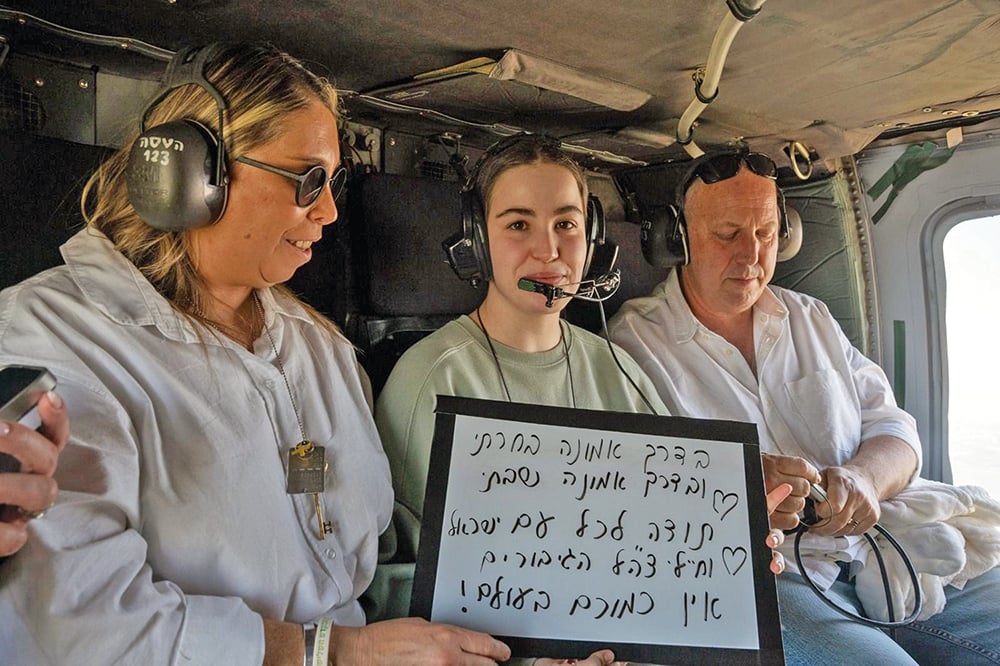Sanhedrin 19a, 40a
You are sitting in your car at the traffic lights one Sunday morning waiting for them to turn green, when opposite you, a car jumps the red light, rams into another vehicle crossing the intersection, speeds off without stopping and disappears. You make a mental note of the license plate number of the offending vehicle.
Then you see the door of the rammed car slowly open, and your friend Jack gets out, stunned and dazed as he looks around him for the vanished vehicle. Your traffic light turns green and you maneuver your car around the smashed vehicle and drive off. Jack does not notice you. “Why get involved?” you say to yourself. “I just don’t have the time for police reports today or court hearings next month.”
This type of “see nothing hear nothing” approach is against the spirit of the Torah. The Torah obliges a witness who has relevant testimony to come forward and testify. “If he was a witness who saw or knew something and he does not testify, he shall bear his guilt.” (Vayikra 5:1). The Torah further states: “Do not stand by when your neighbor’s life is in danger” (Vayikra 9:16). This is the case even if you are the only witness to the scene. The testimony of one witness, as opposed to two, though insufficient in Jewish law to establish a fact in a monetary dispute, has the power to shift the burden of proof to the opponent who must now swear that your testimony is incorrect. By stifling your testimony, you deny the litigant this evidentiary benefit.
Testimony, in order to be admissible, must be given in front of a duly constituted Beit Din conversant with the Jewish laws of evidence but cannot be given outside Beit Din. This is because of the Halachic rule of – כיון שהגיד שוב אינו חוזר ומגיד – keivan shehigid, shuv eino chozer umagid, which means that a witness who has testified in front of the Beit Din is bound by his testimony and cannot retract it. “Testimony” given outside court, however, can be retracted and is therefore inadmissible.
Generally, the Beit Din will not listen to the testimony of the plaintiff’s witnesses in the absence of the defendant. This is because the witness will be more careful and thoughtful about his testimony when the defendant looks him in the eye.
However, in exceptional situations, when waiting for the defendant to show up in court might cause the plaintiff irreparable harm, the Beit Din has the authority to hear the plaintiff’s witness in the defendant’s absence. Such is the case when a witness is dangerously sick and might die before the defendant comes to court, when witnesses are about to leave the country for an extended period of time, or when the plaintiff is dangerously ill.
The testimony of the defendant’s witnesses in defense of the claim is admissible, however, even in the absence of the plaintiff. But, if the defendant is trying to extract something from the plaintiff, such as the return of a pledge or the promissory note, the defendant’s witnesses must testify in the presence of the plaintiff.
Testimony based on hearsay is inadmissible. Accordingly, your friend to whom you told the story of the hit-and-run accident, but who was not with you when it happened, cannot testify in court because he did not see it himself. The reason for this is that your friend is relying on what you told him outside of Beit Din and, as we have seen, you are able to retract what you said outside Beit Din.
Generally, the Beit Din insists on oral testimony and does not accept written testimony. However, in certain emergency cases the Beit Din does have the discretion to accept an affidavit which will then be read out aloud for the benefit of the litigant against whom the affidavit is directed. A witness may read his written testimony to the court as long as he remembers the facts independent of the writing.
Before listening to the testimony of the two witnesses, the Beit Din warns them about the penalties for false testimony. It then sends one of the witnesses outside while it examines the testimony of the other. In this way, the court is able to track whether the two witnesses have coordinated their testimony.
In connection with the testimony of witnesses in capital offenses, the Torah requires that the judges investigate, probe and make careful inquiry, – ודרשת וחקרת ושאלת היטב – “Vederashta, vechakarta, vesha’alta heitev.” The term – דרישה – drisha, means inquiry into the underlying facts that constitute the offense such as, who was the murderer, who was the victim and what weapon was used.
The term – חקירה – chakira means questions that are designed to clarify when and where the offense took place. The term – שאלה – she’eila means collateral questions that have no critical connection with the offense but test the witnesses’ powers of observation, such as, if he can recall the color of the victim’s clothes.
Whereas in connection with capital offenses, the judges must conduct a rigorous examination of the witnesses, the examination in monetary disputes is less exacting. As long as the witnesses do not directly contradict each other and agree on the underlying facts, any immaterial discrepancies, which would disqualify their testimony in capital offenses, will not disqualify it in monetary disputes.
After hearing the litigants and completing the examination of the witnesses, the judges deliberate among themselves until they reach a verdict.
Raphael Grunfeld, a partner at the Wall Street law firm of Carter Ledyard & Milburn LLP, received Semichah in Yoreh Yoreh from Mesivtha Tifereth Jerusalem of America and in Yadin Yadin from Harav Haga’on Dovid Feinstein, zt”l. This article is an extract from Raphael’s book “Ner Eyal: A Guide to Seder Nashim, Nezikin, Kodashim, Taharot and Zerai’m” available for purchase at www.amazon.com/dp/057816731X or by emailing Raphael at [email protected].








